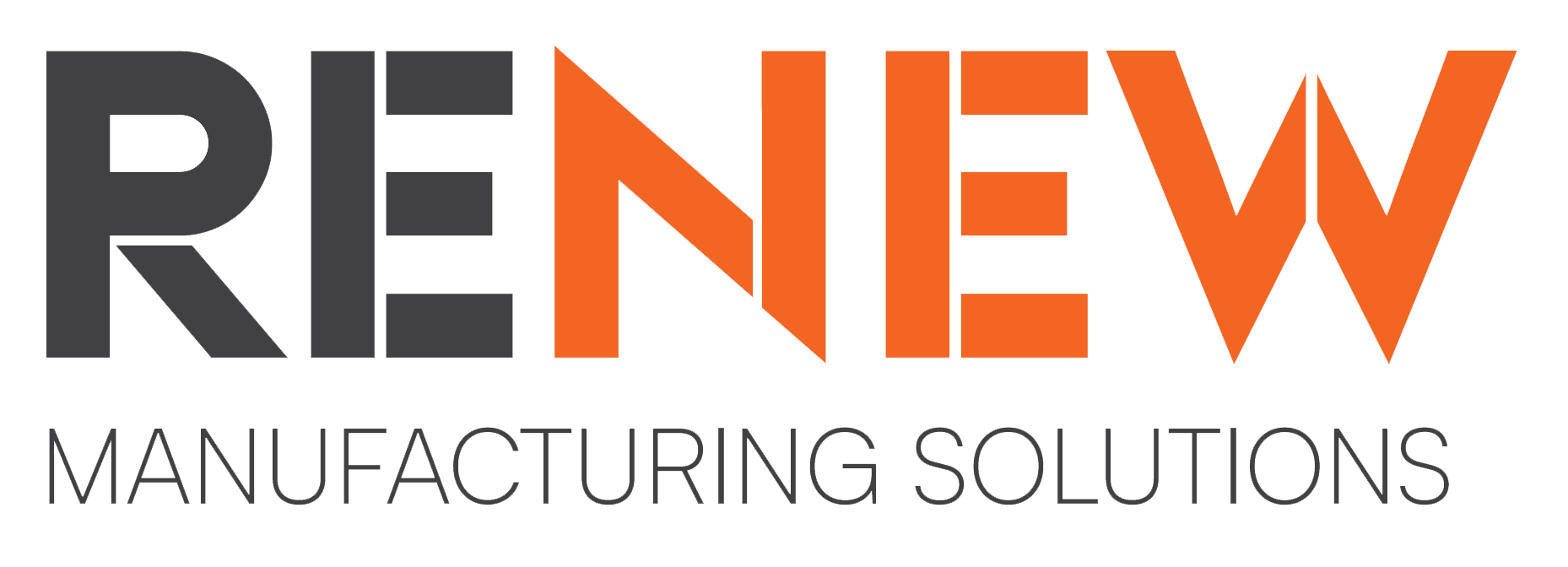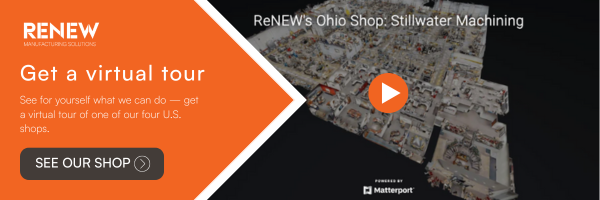Precision CNC Fiber Laser Cutting vs. Other CNC Cutting Processes

Conventional CNC cutting processes may use shears, routers, mills, and lathes to mechanically cut or remove material while shaping a finished workpiece. Other options such as plasma cutters or waterjets use hot gasses or abrasive particles in high-pressure streams of water to melt away or erode materials and create cuts.
Lasers do it with light. A fiber laser improves upon the traditional technology that creates an amplified beam of light with optical fibers and rare earth elements for ultra-intense focus and cutting power.
But why opt for CNC fiber laser cutting services when there are so many other CNC cutting options available? Take a close look at the technology overview below to understand how it provides a rare combination of high speed, incredible precision, non-contact cuts, nearly no maintenance, increased uptime/throughput, lower operating costs, and maximum quality versus other methods.
What Are Fiber Lasers and How Do Fiber Lasers Work?
A fiber laser uses optical fibers — often made from silica glass — doped with rare earth metals like neodymium, ytterbium, thulium, and erbium to focus high-intensity beams of light through the fiber optic cable.
As the beam of light moves through the cable, the cladding around the core works as a mirror, providing total internal reflection and intensifying the beam. The efficiency of this method is perfect since no light can escape the cable. The heat of the beam melts and removes workpiece material, leaving a clean cut behind.
While there are many ways to cut metal with CNC machines, today’s machine shops increasingly prefer CNC fiber laser cutting due to the method’s safety, precision, repeatability, and accuracy. A fiber laser uses its maximum energy efficiency and high rate of automated cutting speed to boost shop productivity while minimizing labor costs.
It’s true that no solution is one-size-fits-all in metal fabrication. However, many of the advantages of CNC fiber laser cutting make it a perfect choice for wide-ranging products and applications.
Advantages of CNC Fiber Laser Cutting Machines vs. Other CNC Machinery
Fiber lasers make cuts inaccurate, complex patterns in diverse metals and materials, including (but not limited to):
- Aluminum
- Copper
- Stainless Steel
- Titanium
- Ceramics
- Tungsten
- Super-alloys (such as Inconel® and Hastelloy®)
CNC laser cutting machines equipped with high-powered fiber lasers are capable of delivering a broad array of benefits to metal fabrication and parts production, such as:
- Dust-Free Cuts: Because the laser melts away extremely thin slices of the material, fiber lasers don’t generate any dust and leave behind a clean workspace.
- Non-Contact Cuts: There is no physical cutting tool, abrasion, or friction involved, which means fiber lasers don’t require frequent tool replacements due to wear and tear.
- Rapid Cuts: The high rate of cuts delivered by fiber laser technology leads to improved productivity in the shop.
- CNC Automation: A Computer Numerical Controlled (CNC) fiber laser system can provide cost and time-efficient cuts with high uptime, even in a lights-out overnight operation, while also decreasing human errors.
- Ultimate Precision: The incredibly narrow profile of a fiber laser provides unparalleled accuracy and precision.
- Material Versatility: Fiber laser technology is capable of cutting virtually any material — conductors, insulators, you name it — in thick or thin sheets without any re-tooling.
- Low Energy Demands: CNC fiber laser machines are extremely energy efficient, using far less energy than other CNC cutting processes.
- Low Operating Cost: With no regular tooling requirements and lower-than-typical energy costs to run the machine, fiber lasers have a low impact on your operational budget.
How Do CNC Fiber Lasers Compare to Other Non-Contact CNC Processes?
How CNC Fiber Laser Cutting Compares: |
|
CO2 Lasers |
CO2 lasers are often selected for thicker materials, where they can provide smooth cutting edges. Today’s fiber lasers not only cut thicker materials just as effectively but handle reflective materials better and cut thin materials much faster. |
Plasma Cutting |
Plasma cutting is sometimes preferred as a cost-effective alternative to other cutting methods. The low energy cost and lack of tooling with a fiber laser provide this same benefit but with improved cut precision and productivity — and a smaller heat-affected zone. Plasma can usually provide a smoother cut edge than fiber. |
Waterjet Cutting |
Waterjet cutting uses erosion to effectively cut extremely thick materials. It’s excellent in this application. However, in most other circumstances, a fiber laser cutting system provides faster cuts, higher throughput, and lower downtime. |
EDM Cutting |
The maximum accuracy and minimal damage to materials from heat can make an electrical discharge machine a great CNC cutting solution. CNC fiber laser cutting offers equivalent precision but with dramatically faster cuts. The throughput and productivity gains make the fiber more than worth the consideration as an alternative. |
Fiber Laser Capabilities of ReNEW Manufacturing Solutions
ReNEW Manufacturing Solutions is proud to deploy a ByCut Smart 6225 F8000 Fiber Laser from Bystronic for high-quality fiber laser cutting work with rapid turnarounds, at a fair price. With the ability to process metal sheets up to 8 feet wide and 20 feet long, this machine is primed for the most demanding large-format laser-cutting projects. Get in touch with ReNEW for CNC fiber laser cutting services that provide:
- Large Format Cutting Capacity: Guarantee more parts per cycle with 8’ x 20’ x 1” large metal sheets.
- Efficient Material Utilization: True efficiency thanks to a cutting length of up to 246”, a cutting width of up to 100”, and the ability to cut sheets up to 1” thick.
- Bystronic Cutting Head: High laser outputs excel at cutting maximum precision, speed, and cleanliness of cut.
- Machine Intelligence: Improve your part quality with built-in error detection that ensures clean-cut edges for both thin and thick materials.
Request a quote today!


